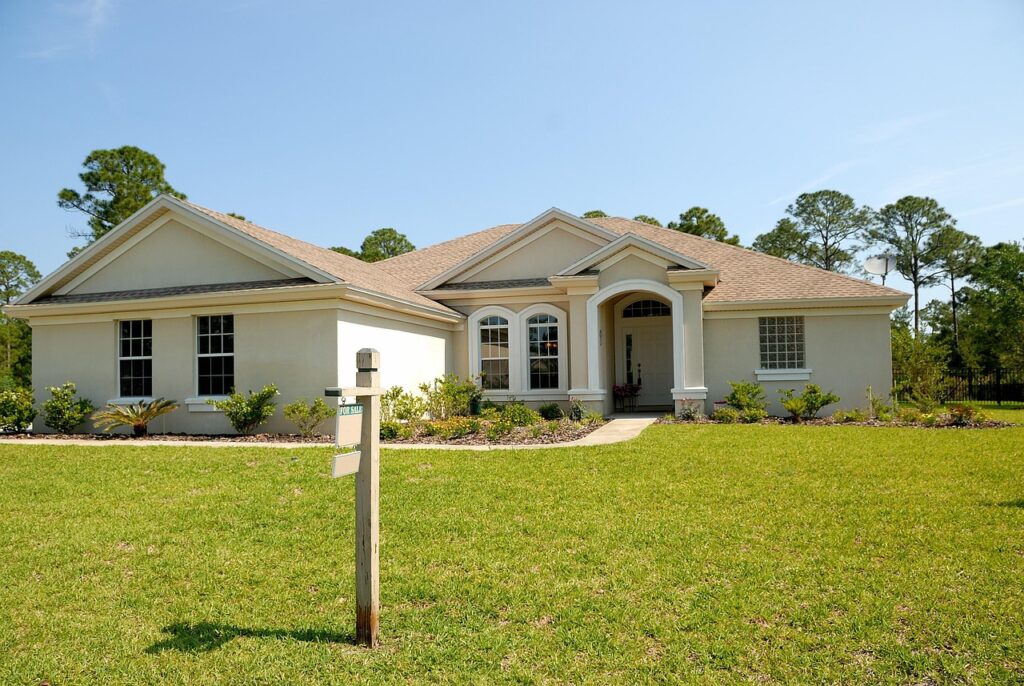Securing a mortgage with bad credit is possible, though it often requires exploring options beyond traditional lenders. Many Canadians with low credit scores turn to alternative or private lenders willing to work with higher-risk borrowers. The key is understanding that while approval may be more challenging, there are feasible mortgage solutions tailored to those with imperfect credit.
Lenders typically consider credit history, income, and debts when evaluating mortgage applications. Those with bad credit can improve their chances by repairing their credit over time or by seeking B-lenders and private lending institutions that offer more flexible criteria.
By knowing the available strategies and types of lenders, individuals with bad credit can still find ways to finance a home purchase. The process might involve higher interest rates or stricter terms, but it provides a clear path toward homeownership despite credit challenges.
Understanding Mortgages With Bad Credit
Mortgages for borrowers with bad credit differ significantly in terms of requirements, risks, and options. Navigating these differences requires a clear understanding of credit definitions, lender policies, and the financial hurdles faced during approval.
What Constitutes Bad Credit
Bad credit generally refers to a credit score below 600 in Canada, often stemming from missed payments, defaults, or high credit utilization. It reflects financial behavior that lenders see as risky.
This score influences how lenders view a borrower’s reliability. Factors like recent bankruptcies or consumer proposals can deepen credit challenges. However, even low scores can improve with consistent effort over time.
Knowing what impacts credit, such as late payments or collections, helps borrowers identify areas for improvement before applying for a mortgage.
Impact of Credit Scores on Mortgage Approval
Credit scores heavily impact mortgage approval chances and terms. Traditional banks and A-lenders usually require scores above 650 or 700. Low scores often lead to denial or significantly higher interest rates.
Lenders use credit scores to assess default risk. Lower scores increase perceived risk, pushing lenders to protect themselves with stricter conditions. This includes higher down payments or shorter loan terms.
Some alternative lenders, known as B-lenders or private lenders, specialize in accepting lower scores but charge higher rates. Borrowers should expect varied approval processes depending on their credit profile.
Types of Mortgages Available for Bad Credit
Two main mortgage types serve people with poor credit: alternative (B-lender) mortgages and private mortgages.
| Mortgage Type | Description | Interest Rates | Down Payment Required |
| Alternative Lender | Non-traditional lenders with relaxed credit criteria | Higher than banks | Typically 10-20% or more |
| Private Mortgage | Loans funded by private individuals or companies | Highest rates | Often 20%+ or negotiable |
Alternative lenders offer more flexible terms but at a cost. Private mortgages are more costly but accessible for those with very poor credit or self-employed status.
Common Obstacles in Qualifying With Poor Credit
Common hurdles include high-interest rates, larger down payment demands, and limited lender options.
Lenders perceive higher default risks, leading to tougher conditions like shorter amortization periods or stricter income verification.
Credit history concerns can trigger additional document requests and longer approval times. Borrowers must prepare financially and document their situation clearly to enhance chances.
Improving credit scores, saving aggressively, and working with mortgage brokers helps navigate these challenges effectively.
Strategies to Secure a Mortgage With Bad Credit
Securing a mortgage with bad credit requires targeted actions tailored to individual circumstances. Key approaches include improving credit health, seeking flexible lending options, leveraging government support, and enhancing loan applications with financial adjustments.
Improving Credit Before Applying
Improving credit before applying can significantly increase mortgage approval chances. Key steps include paying down outstanding debts, especially high-interest credit cards, and ensuring all bills are paid on time to avoid late payments on the credit report.
Disputing any errors on credit reports also helps. Reducing credit utilization below 30% demonstrates better credit management. Although this process takes time, even modest improvements can make borrowers more appealing to lenders.
Consistent financial behavior over several months is critical. Avoid opening new credit accounts or making large purchases on credit before applying. This shows lenders stability and responsibility.
Exploring Alternative Lenders
Borrowers with bad credit often turn to alternative lenders like B lenders, credit unions, or private lenders. These lenders typically have more flexible criteria than traditional banks and consider factors beyond credit scores.
Alternative lenders may charge higher interest rates and require larger down payments due to increased risk. However, they provide access when traditional lenders decline applicants.
It’s important to compare terms carefully. Some alternative lenders specialize in bad credit mortgages and offer tailored financial advice. Working with an experienced mortgage broker can help identify these lenders and negotiate better terms.
Utilizing Government-Backed Loan Programs
Government-backed loans are designed to assist borrowers with credit challenges. Programs such as those offered by the Canada Mortgage and Housing Corporation (CMHC) reduce risk for lenders and make mortgage approval more achievable.
These loans often require mortgage insurance, which protects lenders in case of default. Although this adds to the upfront cost, government programs typically offer competitive interest rates and flexible qualifying standards.
Applicants must meet specific eligibility requirements, such as income thresholds or first-time homebuyer status. Understanding and fulfilling these criteria increases the likelihood of approval through these programs.
Increasing Approval Chances With Larger Down Payments
A larger down payment reduces the lender’s risk, making it easier to secure a mortgage despite poor credit. Paying 20% or more upfront signals financial stability and commitment.
This reduces the loan-to-value (LTV) ratio, which many lenders use to assess risk. Lower LTV ratios often result in better interest rates and loan terms.
In addition, a substantial down payment may eliminate the need for mortgage insurance, lowering overall costs. Borrowers should consider saving aggressively or using gifts, grants, or other funds to boost their down payment.



